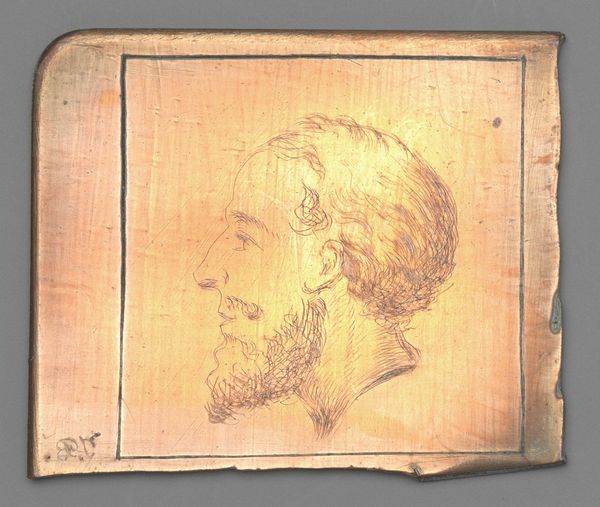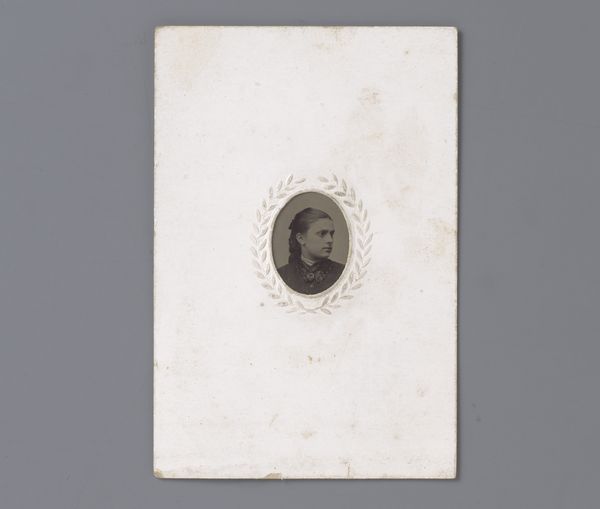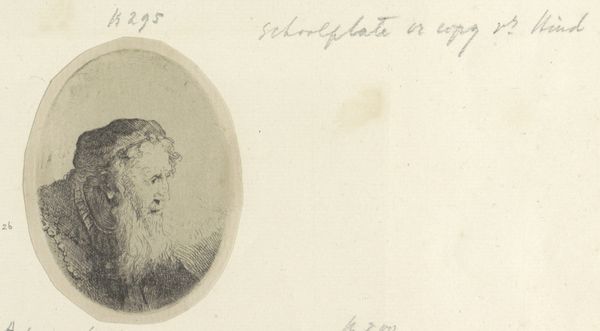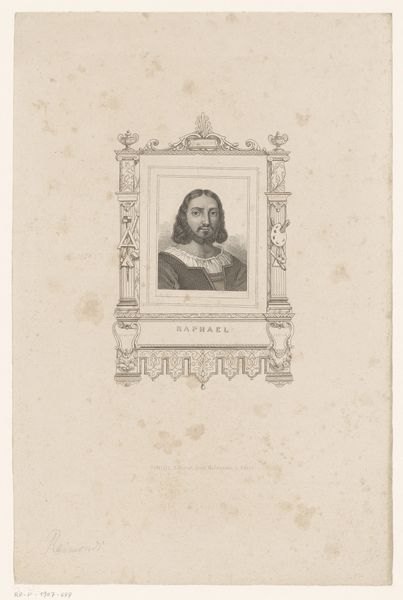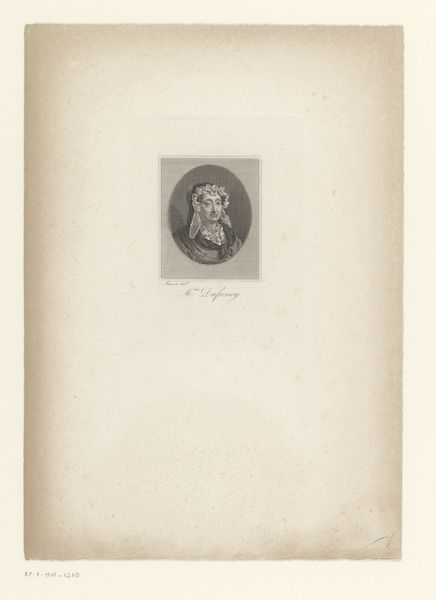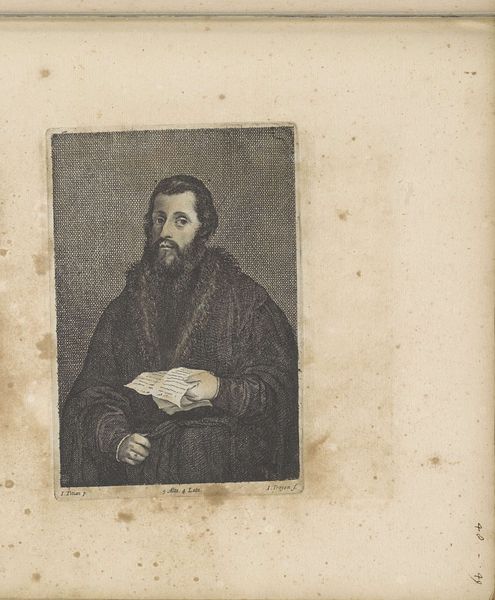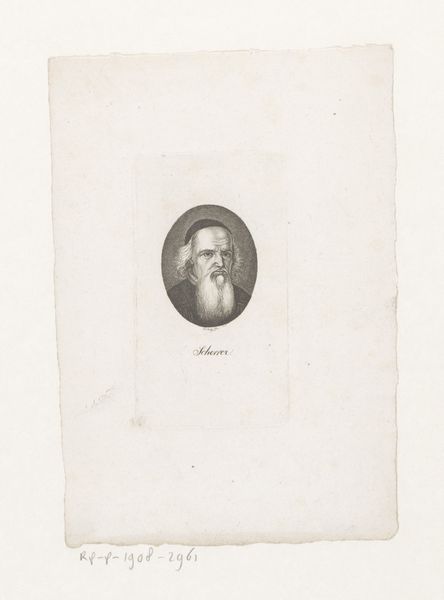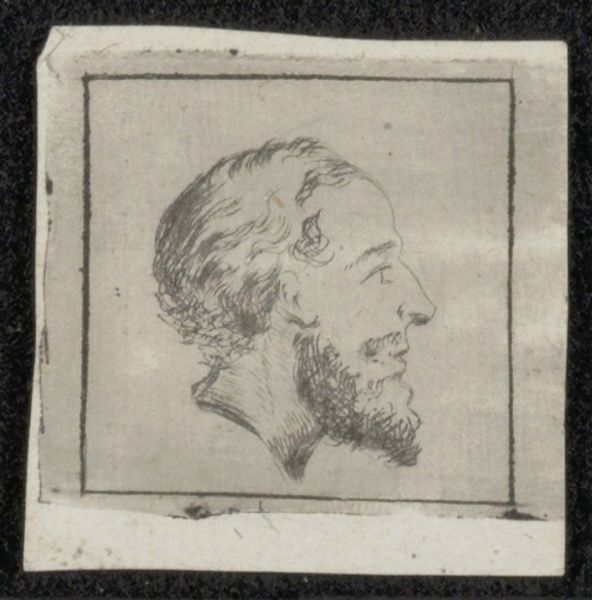
painting, oil-paint
#
portrait
#
baroque
#
painting
#
oil-paint
#
genre-painting
#
miniature
#
watercolor
Dimensions: height 20 cm, width 9.7 cm
Copyright: Rijks Museum: Open Domain
Curator: Here we have an intriguing piece. It’s a portrait of Gerard van Velsen, thought to be made sometime between 1700 and 1790, though the artist is unknown. It’s done in oil, and rendered as a miniature painting. Editor: Well, first thing that strikes me is its… diminutive presence, I mean look how small and quaint it is, yet it carries a weighty seriousness, doesn’t it? Almost like peering into someone’s hidden diary. Curator: Yes, the small scale is captivating. Miniatures were quite fashionable as keepsakes, tokens of affection or status symbols, a way to keep loved ones, or those of importance, close at hand. It speaks to the democratization of portraiture; smaller scale, and arguably lesser-known subjects depicted, made art accessible to the growing middle classes. Editor: So it's this portable piece of status? It makes me think about our present era, and our reliance on smartphones as constant portals. Curator: Interesting comparison. It highlights the enduring human need to hold onto connections. Van Velsen here appears rather dignified. You can sense a man very aware of the importance of appearances. The craftsmanship is striking; note the subtle lighting, and those piercing eyes, full of self-awareness. Editor: Definitely, those eyes tell a story. He’s got a touch of melancholy perhaps, mixed with a knowingness. The details are fascinating when you consider the size – you see it's not just a painting; it is about carefully creating an image, something to be curated. In this sense, portraiture reflects broader trends where image is so deliberately cultivated and maintained. Curator: Absolutely, in a way, miniature portraiture served as a precursor to modern photography, enabling wider audiences to capture likenesses and personal identity through image production and replication. Its democratization can be considered within the wider socio-economic context that shifted artmaking. Editor: A fascinating point to keep in mind! Curator: Indeed, it reminds us of the many different ways in which social position is produced, consumed, and eventually, becomes reconfigured.
Comments
No comments
Be the first to comment and join the conversation on the ultimate creative platform.
